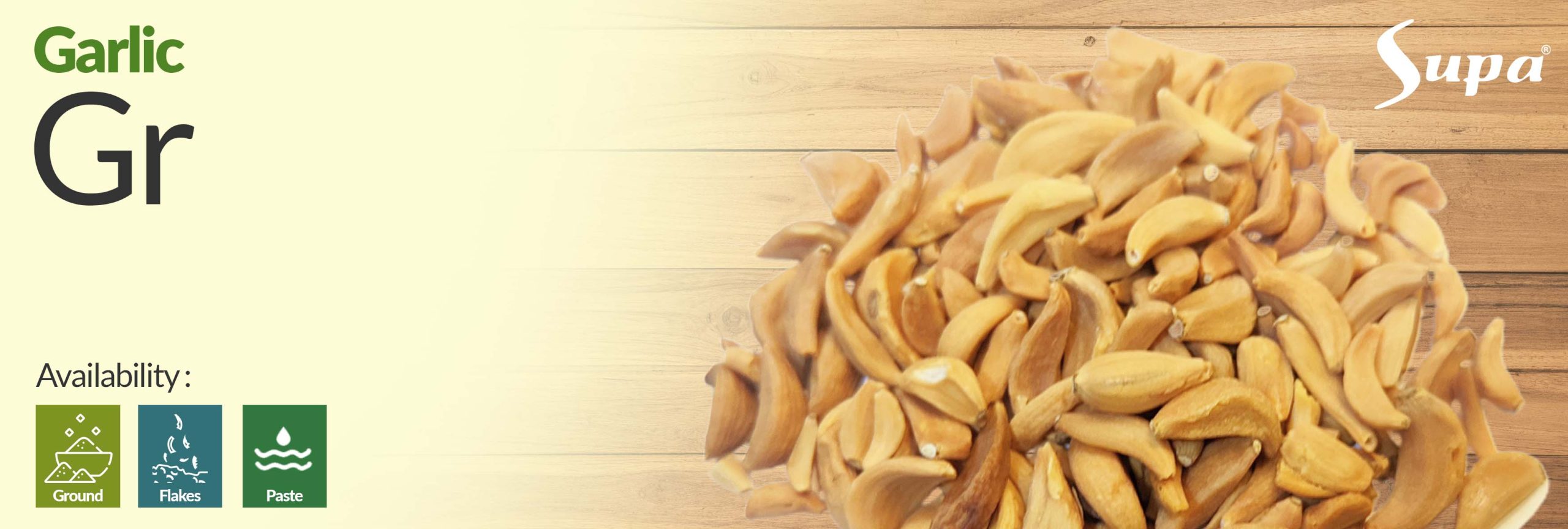
The history of garlic dates back thousands of years, making it one of the oldest cultivated plants in human history. Garlic, scientifically known as Allium sativum, is believed to have originated in Central Asia, where it was first domesticated. From its origins, garlic’s cultivation spread to various parts of the world, including ancient Egypt, Mesopotamia, and China. It was valued not only for its culinary uses but also for its potential medicinal properties.
In ancient Egypt, garlic held significant cultural and religious importance. It was commonly used as a food flavoring and preservative, and its pungent aroma made it a symbol of strength and endurance. Garlic was offered to Egyptian gods, and it was even placed in tombs of pharaohs as an offering for the afterlife. Historical records also indicate that garlic was fed to workers during the construction of the Great Pyramid of Giza to enhance their stamina and well-being.
As ancient civilizations traded and interacted, garlic found its way to different parts of the world, including Europe, where it became an integral part of various culinary traditions. Garlic’s reputation for its health benefits and medicinal uses spread through medieval Europe, where it was used to treat various ailments and was believed to ward off evil spirits and vampires.
Today, garlic remains a popular and widely used spice and medicinal herb around the globe. Its warm and pungent flavor continues to be a staple in countless cuisines, from Italian and Mediterranean to Asian and Latin American. The rich history of garlic as a beloved and cherished plant speaks to its enduring appeal and enduring role in shaping human culture and culinary traditions throughout the ages.
Flavor: Garlic has a pungent and savory flavor with a hint of sweetness. When cooked, the flavor becomes mellow and slightly nutty. Raw garlic has a sharper and more intense taste, making it a versatile spice for various dishes. Taste: When consumed, garlic delivers a strong and bold taste, often described as both spicy and umami. The taste of garlic can vary depending on how it is prepared, ranging from mildly spicy when sautéed to more potent when raw. Aroma: Garlic has a strong and aromatic scent, particularly when chopped or crushed. The aroma is pungent and distinctive, filling the air with its delicious fragrance.
Culinary Ingredient: Garlic is a fundamental ingredient in cooking and is used to add flavor and depth to a wide variety of dishes. It is used in savory recipes like soups, stews, stir-fries, and sauces. Seasoning: Garlic is used as a seasoning for meats, vegetables, and pasta dishes. It is often minced or crushed and added to recipes to enhance their taste. Roasting and Grilling: Whole garlic bulbs can be roasted or grilled to bring out a sweet and caramelized flavor. The softened garlic cloves can be spread on bread or used as a flavorful addition to dishes. Pickling: Garlic can be pickled in vinegar or brine to create tangy and aromatic pickles that are enjoyed as a condiment or garnish. Herbal Remedy: Garlic has been used in traditional medicine for its potential health benefits. It is believed to have antimicrobial and immune-boosting properties.
Origin : India Botanical Name : Allium sativum L Composition : Garlic Color : White Moisture Content : Max 10% Shelf Life : 12 Months Loadability : 20 FCL Package : Carton Packing *For more detailed specifications, please feel free to contact us.

